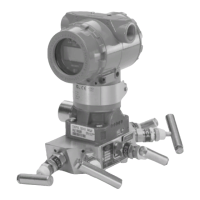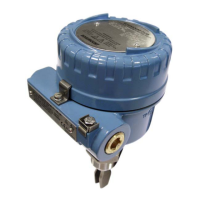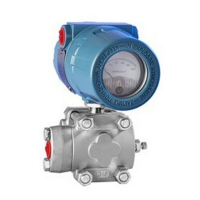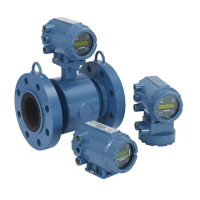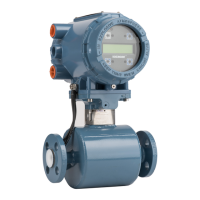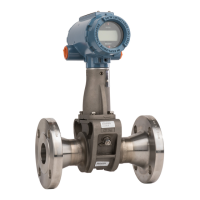Reference Manual
00809-0100-4809, Rev DA
Appendix A: Specifications and Reference Data
September 2015
134
Specifications and Reference Data
Minimum load impedance
100 k (V
out
wiring)
Indication
Optional 5-digit LCD display
Overpressure limits
Rosemount 3051CF
Range 0: 750 psi (51,7 bar)
Range 1: 2000 psig (137,9 bar)
Ranges 2–5: 3626 psig (250 bar)
4500 psig (310,3 bar) for option code P9
Static pressure limit
Operates within specifications between static line pressures
of 0.5 psia and 3626 psig.
Range 1: 0.5 psia and 2000 psig (3, 4 bar and 137, 9 bar)
Burst pressure limits
Burst pressure on Coplanar process flange is 10000 psig
(69 MPa).
Failure mode alarm
Output code A
If self-diagnostics detect a gross transmitter failure, the
analog signal will be driven either below 3.75 mA or to
21.75 mA to alert the user. NAMUR-compliant values are
available, option code C4. High or low alarm signal is
user-selectable by internal jumper.
Output code M
If self-diagnostics detect a gross transmitter failure, the
analog signal will be driven either below 0.94 V or above
5.4 V to alert the user (below 0.75 V or above 4.4 V for
Option C2). High or low alarm signal is user-selectable by
internal jumper.
Output code F and W
If self-diagnostics detect a gross transmitter failure, that
information gets passed as a status along with the process
variable.
Process temperature limits
For 3051CFA Temperature Limits, see page 161.
Humidity limits
0–100% relative humidity
Turn-on time
Performance within specifications less than 2.0 seconds
(10.0 s for Profibus protocol) after power is applied to the
transmitter
Volumetric displacement
Less than 0.005 in.
3
(0,08 cm
3
)
Damping
Analog output response to a step input change is
user-selectable from 0 to 36 seconds for one time
constant. This software damping is in addition to sensor
module response time.
Table 10. 3051CF Process Temperature Limits
(1)
1. Process temperatures above 185 °F (85 °C) require derating the
ambient limits by a 1.5:1 ratio (0.6:1 ratio for the 3051H).
3051CF
Silicone Fill Sensor –40 to 250 °F (–40 to 121 °C)
Inert Fill Sensor 0 to 185 °F (–18 to 85 °C)
Transmitter temperature limits
Ambient
–40 to 185 °F (–40 to 85 °C)
With LCD display
(1)
: –4 to 175 °F (–20 to 80 °C)
Storage
–50 to 230 °F (–46 to 110 °C)
With LCD display: –40 to 185 °F (–40 to 85 °C)
Process
At atmospheric pressures and above. See Table 10.
1. LCD display may not be readable and LCD updates will be slower at
temperatures below -4
°F (-20 °C).

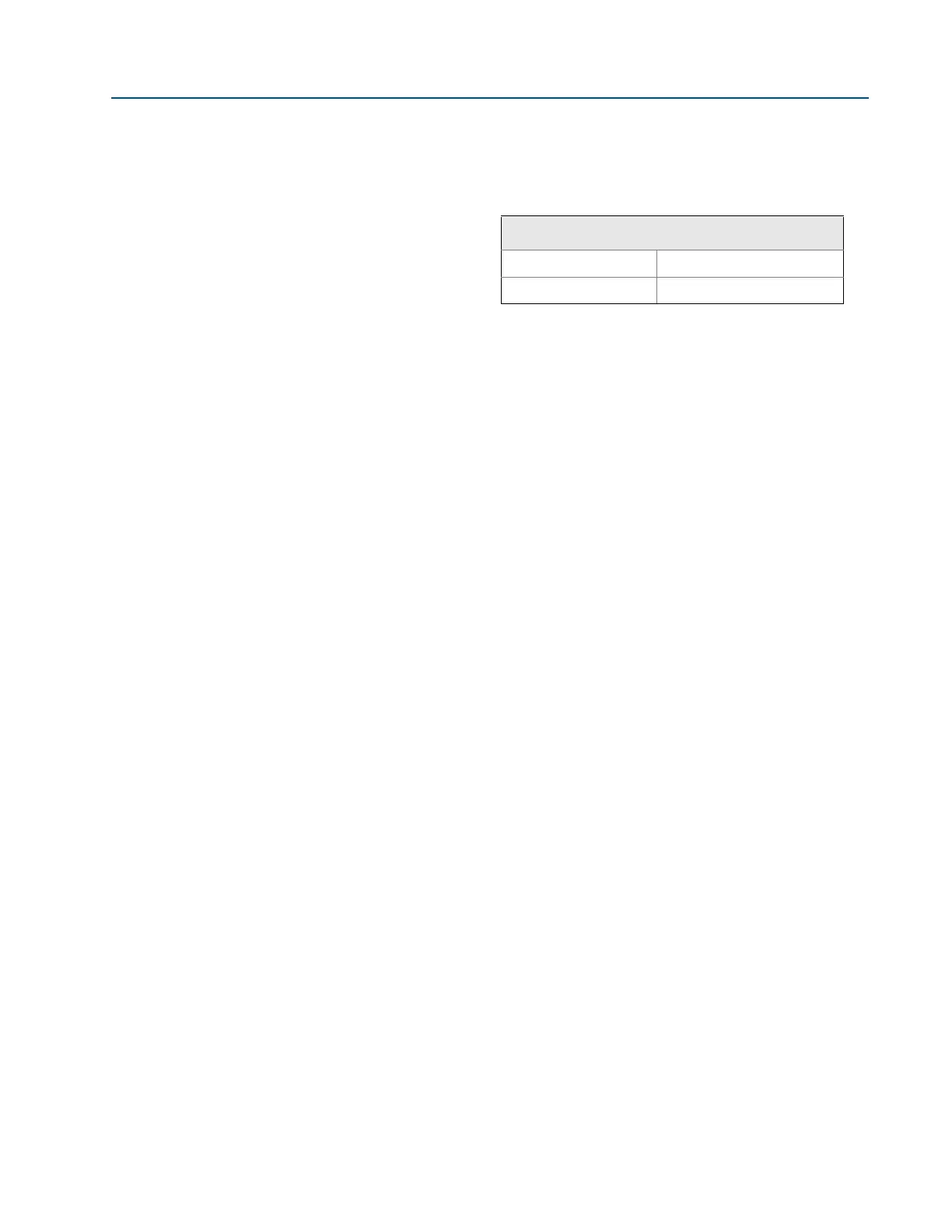